The following ankle sprain exercises form part of our ankle sprain rehabilitation program. Created by International Sports Physiotherapist Phil Pask they include ankle mobility, stretching, strengthening, activation, movement control and function exercises.
When can I begin sprained ankle exercises?
You can begin some exercises a day or so after injury, depending on how bad your sprain is. However, wait until the initial acute phase has passed before trying to really make progress. Exercises should always be pain-free. If it hurts, don’t do it is the general rule here.
Sprained ankle mobility and stretching exercises
If you have sprained your ankle then you need to be careful about sideways or lateral movements. This is because you may stress and re-injure your sprained ligament.
Active ankle mobility
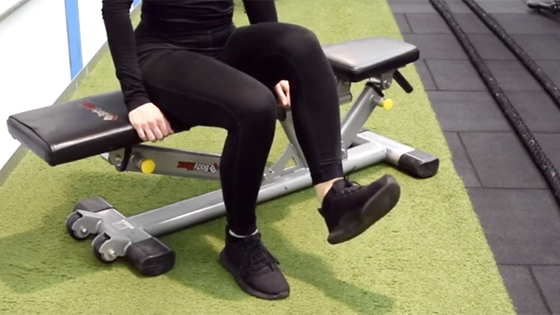
Pull the foot up as far as it will go (dorsiflexion). Hold for a couple of seconds and then point it away from you (plantar flexion) and hold, then repeat. Avoid sideways (lateral) movements that may stress the injured ligament.
Seated wobble board
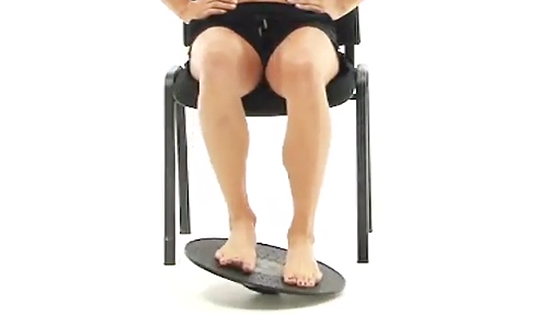
Whilst sitting down place the wobble board under the feet and slowly rotate it a number of times in each direction. This is a gentle way of improving ankle range of motion and control post-injury.
Sustained calf stretch
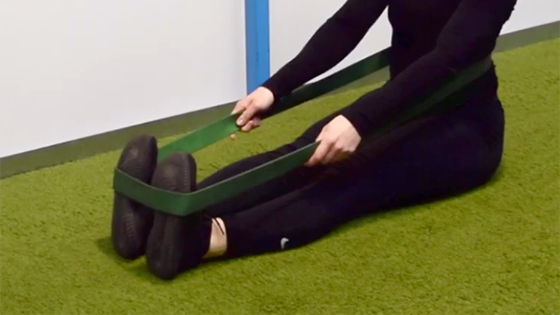
Wrap a resistance band around both feet. Hold the other end of the band and pull your feet towards you.
Strengthening exercises
These exercises strengthen the ankle joint following an ankle sprain. In the early stages of rehabilitation, you focus on isometric or static strengthening exercises. In particular, those which do not involve sideways or lateral movement. This is so you protect the injured ligament. Later ankle strengthening exercises involved movement.
Isometric strengthening
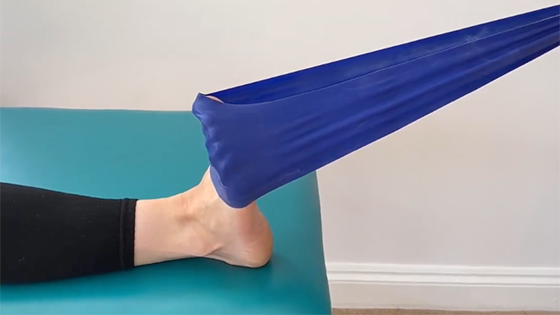
These sprained ankle exercises work the joint in all directions statically. This means without movement. Isometric ankle sprain exercises often form part of the early stages of rehabilitation as long as pain allows.
The aim is to contract your muscles using the band as resistance to prevent movement. Ensure you incorporate inversion, eversion, plantar flexion, and dorsiflexion in your sprained ankle exercises.
Isometric partner exercises
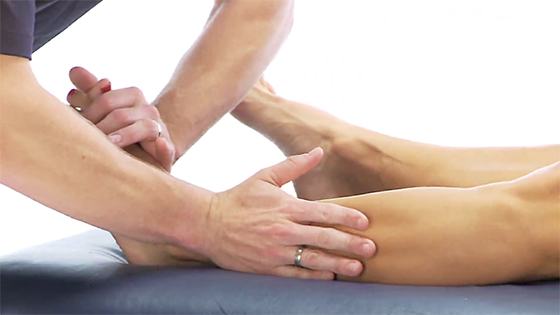
This exercise is best performed with a therapist or partner providing resistance. But you can use any immovable object, for example, a table leg.
To strengthen the invertors (tibialis posterior muscle) push the inside of the foot against a table or chair leg. Try to turn the foot inwards against resistance. To strengthen the evertors (peroneal muscles), push the outside of your foot against a table or chair leg. Try to turn the foot outwards.
Slow ankle inversion
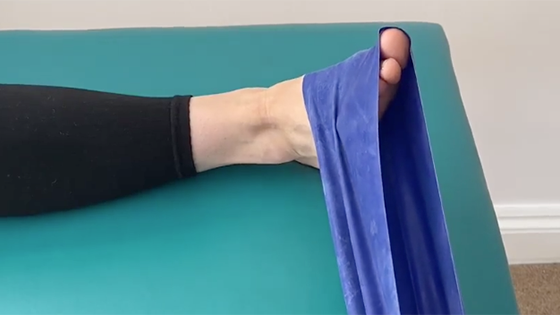
Wrap a resistance band around the forefoot and anchor it to a table leg, or get a partner to hold it. This exercise works the ankle inverter muscles as you turn your foot slowly inwards against the resistance of the band.
Slow ankle eversion
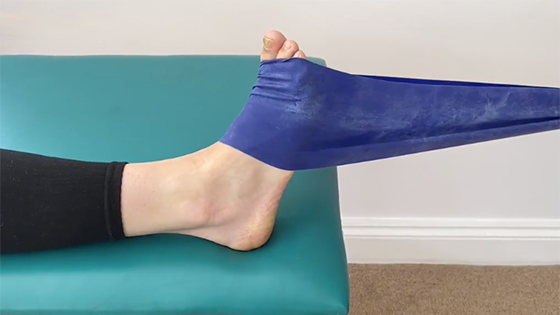
Ankle eversion is also sometimes known as supination and is the movement of turning the foot so the sole faces outwards (away from the other foot).
Bent knee calf raises
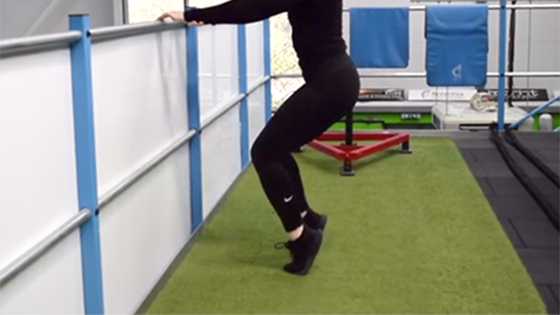
Use both legs bent at the knee. Raise up onto tiptoes then lower the heels and repeat.
Step down counterbalance front
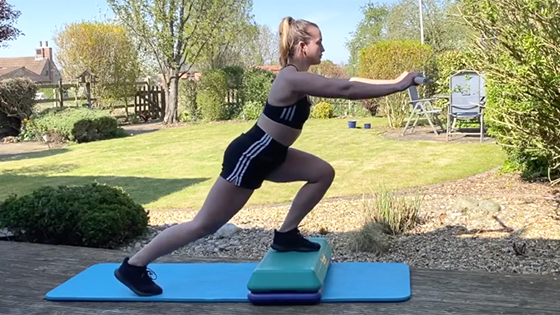
Step down counterbalance side
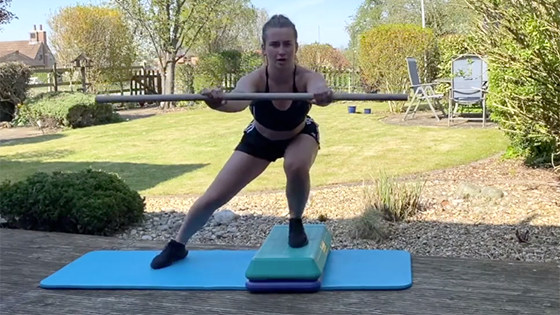
Using a long pole to aid balance, step down slowly off the back of a step. Keep the movement slow and controlled all the way down, then return to the starting position.
Using a long pole to aid balance, step down slowly to the side. Keep the movement slow and controlled all the way down, then return to the starting position.
Heel raise in lunge
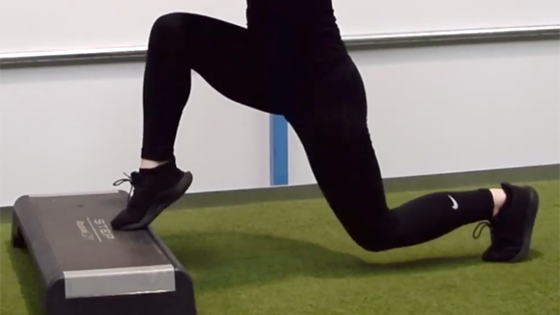
Go into a lunge position with your foot either flat on the floor, or slightly raised on a step or block. Keep in the lunge position as you perform heel raise exercises at the ankle.
Movement control exercises
These are important sprained ankle exercises. They improve proprioception, which is your body’s ability to sense where parts of it are in space. This is damaged when you sprain your ankle. As a result, you are more susceptible to recurrent sprains if you fail to do movement control exercises for ankle sprains.
Standing wobble board
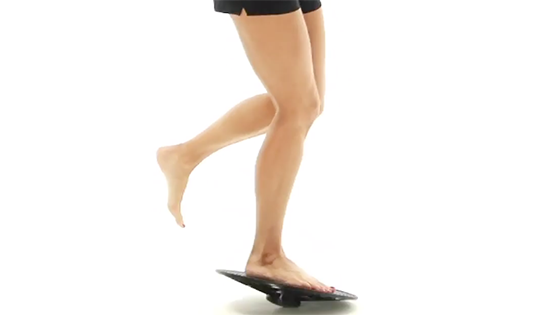
Stand on the wobble board with one leg. Rock the board from front to back and then side to side (30 seconds each). Rotate the board in a circular motion in one direction for 30 seconds then repeat in the other direction. Perform this with both legs for easy and single leg to make it harder.
Single leg balance

Begin by standing on the injured leg for just 30 seconds. Once this is easy, close your eyes to increase the difficulty.
Forward T
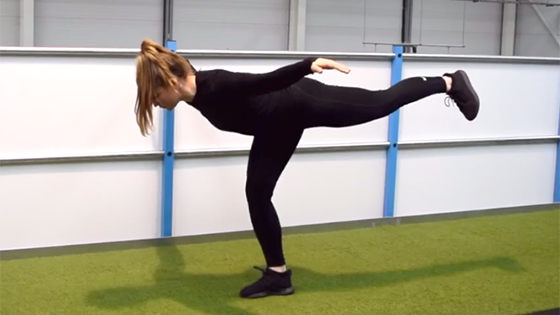
Stand on one leg with your knee slightly bent. Lean forwards, open up your arms pulling the non-supporting leg backwards to make the shape of a ‘T’.
Forward T to Spiderman
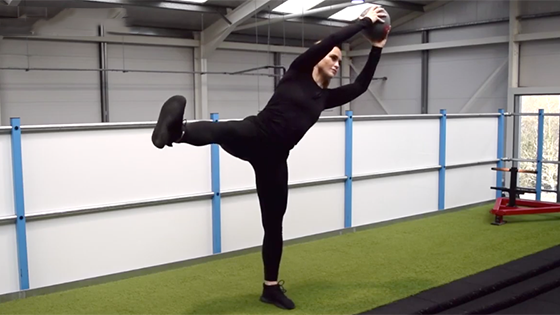
Lunge lean hold
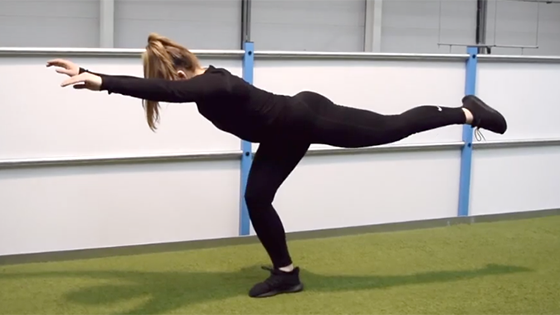
Lunge onto the forward leg and get your balance. Then lean forwards over the supporting leg, lifting the back leg up into the ‘T’ position. Hold then bring the back leg through, knee up in front to finish.
Functional exercises
These exercises are more dynamic and bridge the gap between basic sprained ankle strengthening exercises and returning to normal activity.
A lock at wall
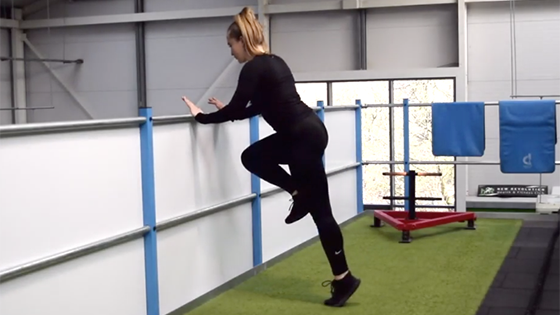
Leaning tower exercise, also known as ‘A’ lock is performed against a wall. Drive the knee upwards and hold the position.
A march linear
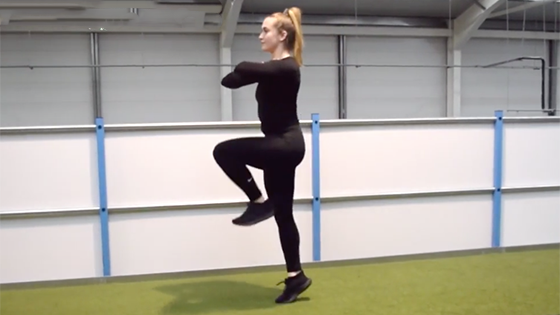
March forwards with a high knee lift and a firm foot placement on the floor. Either flat-footed or if your ankles are feeling good you can go up onto your toes.
A march lateral
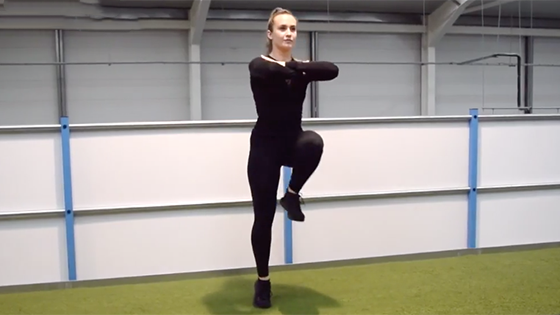
March sideways with a high knee lift and a firm foot placement on the floor. Either flat-footed or if your ankles are feeling good you can go up onto your toes.
Heel-toe walk
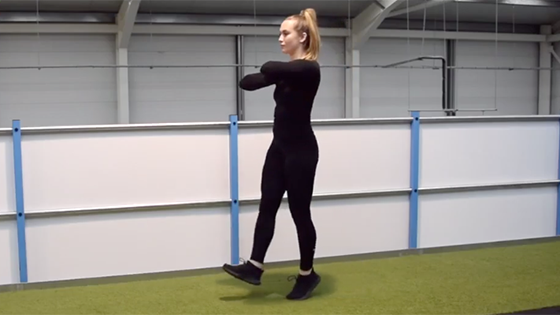
Start with a heel strike and once you get to the forefoot push-off, come up onto the toes. Swing the other leg forward and heel strike with the next foot to continue. Make sure you do this slowly and under complete control.
Activation exercises
Although not specifically for strengthening the ankles, these form an important part of our Ankle sprain rehab program. They keep the hip muscles firing and working well.
Crab walk
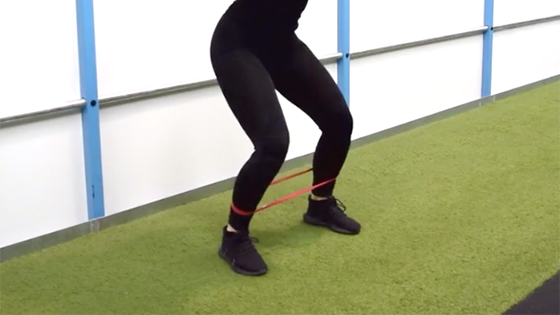
Place a resistance band around your knees and walk sideways. Keep good athletic posture and stance. This gets the hip muscles firing and fatiguing under bodyweight load.
Ice skaters
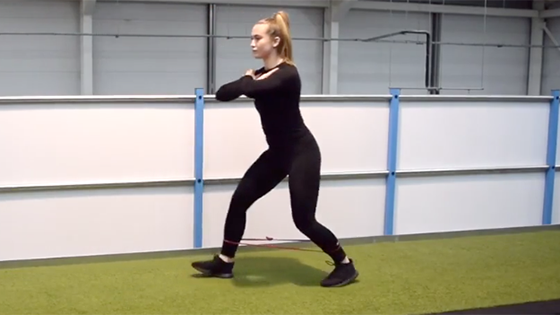
Place a resistance band around your knees to increase the load on your lateral hip muscles. Walk forward and backwards. Maintain a good posture by keeping your head and chest up.
Program author: Phil Pask
Phil is one of the World’s most experienced Sports Physiotherapists. He has been England Senior Rugby Team Physiotherapist since 1997, continuing his role in recent years as Consultant Physio to the team. He was a player, physio, and head of performance at Northampton Saints from 1986 – 2002.

